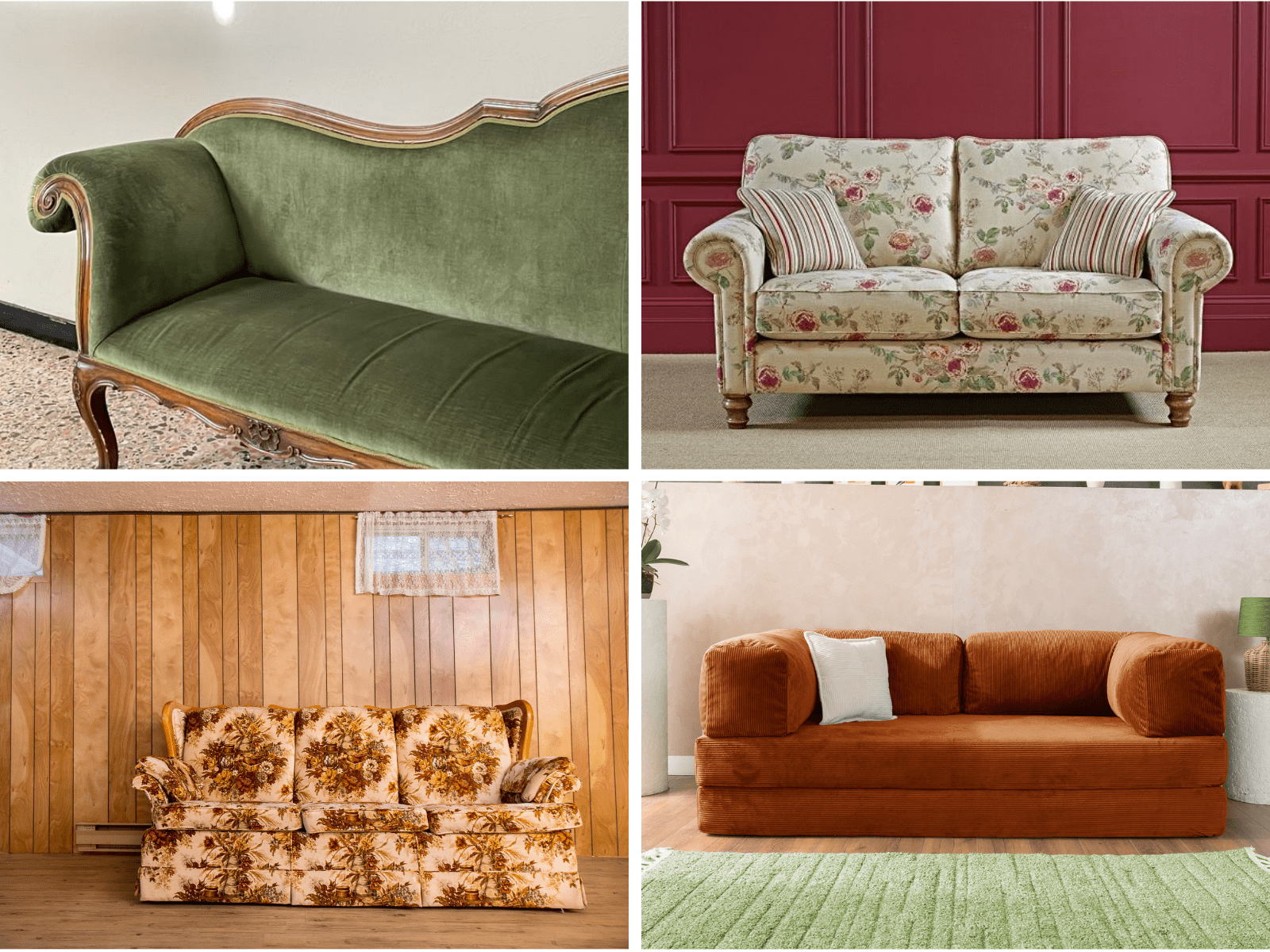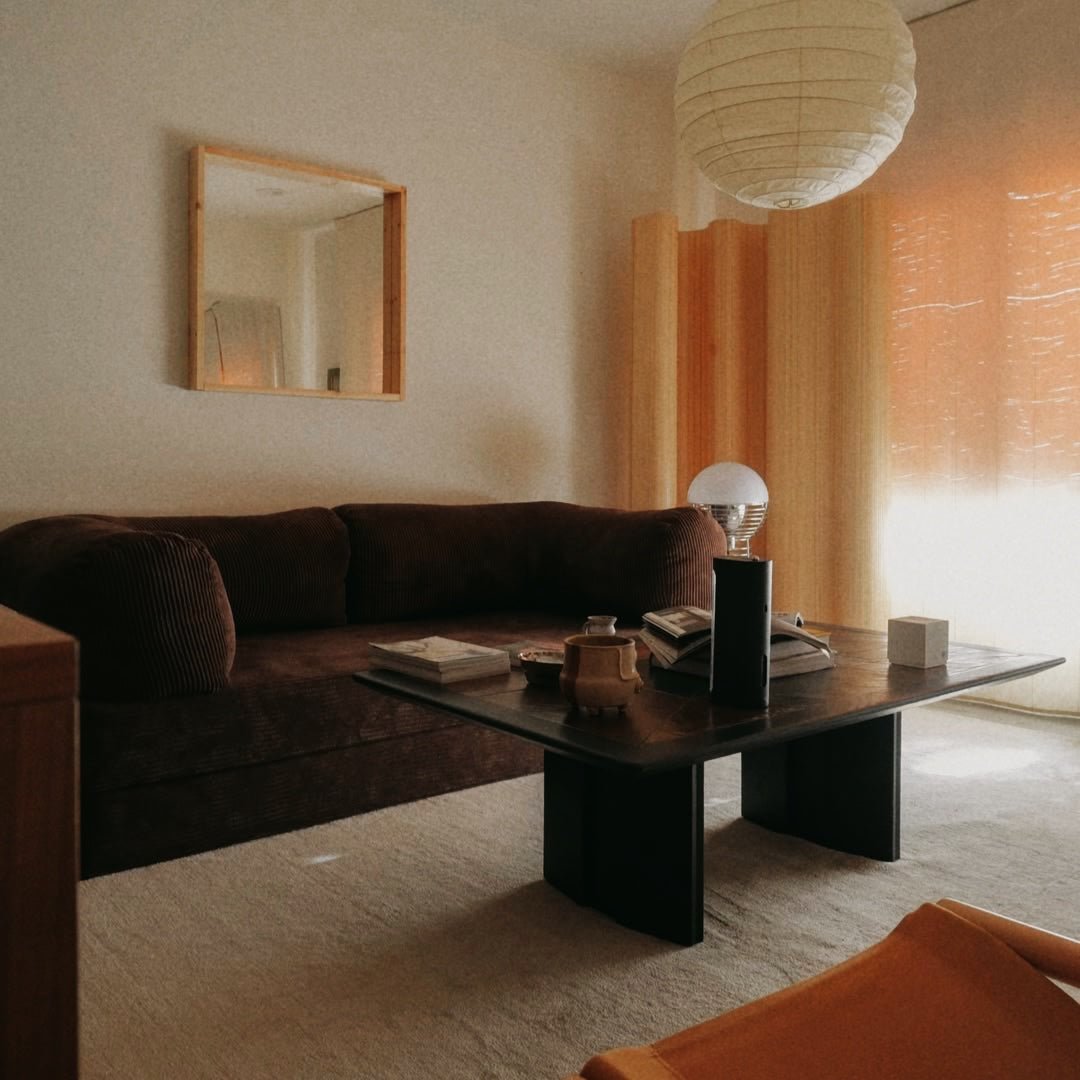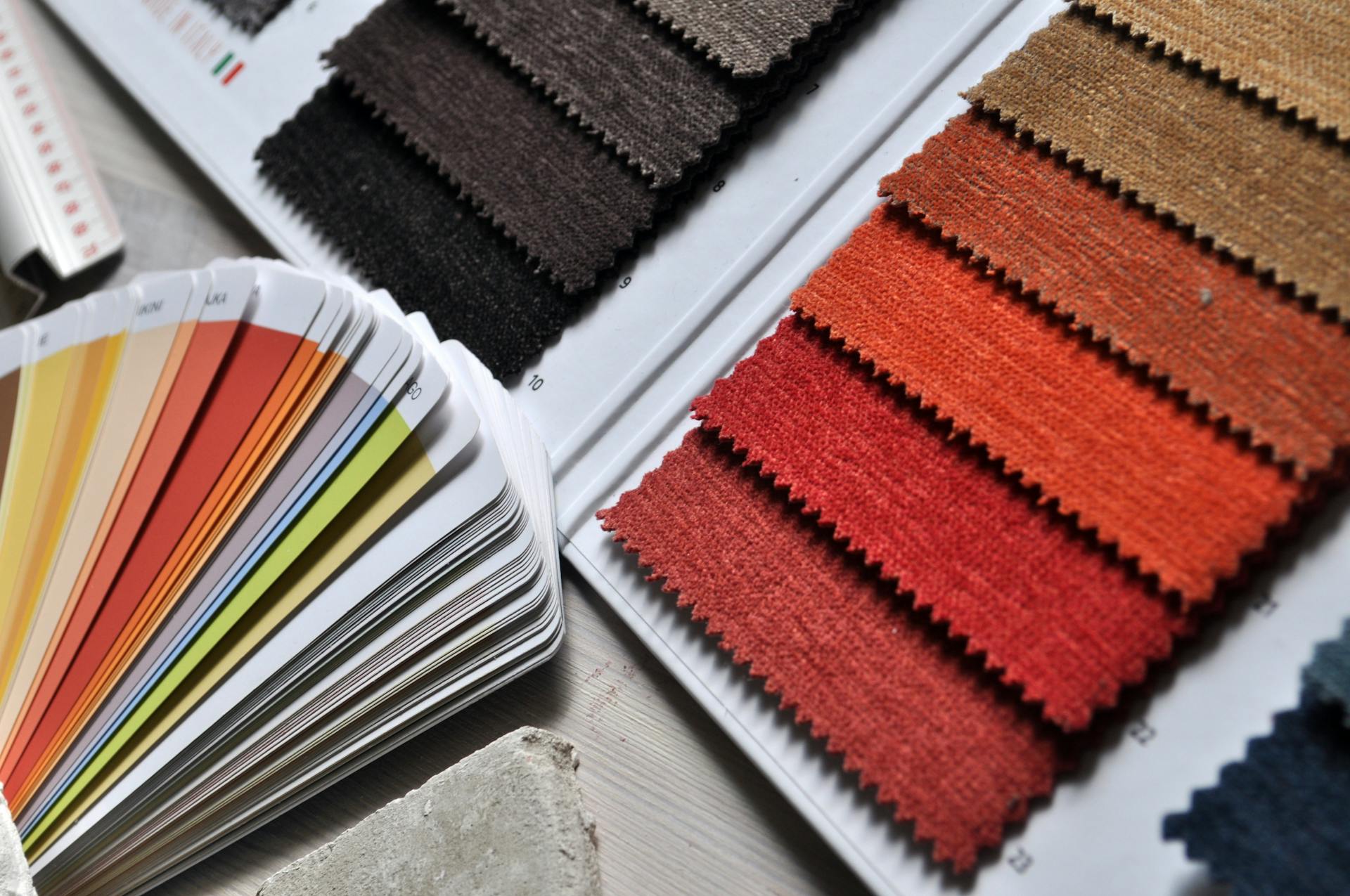A Look at When This Iconic Furniture Piece Was First Created
Introduction
The sofa is one of the most iconic and essential pieces of furniture in any home today. Whether it’s a luxurious sectional, a cozy fabric couch, or a minimalist futon, sofas have become a staple of comfort and style. But have you ever wondered about their origins? How did they evolve from ancient seating arrangements to modern-day essentials? Join us on a fascinating historical journey to explore the evolution of the sofa.

Ancient Beginnings: The Birth of Seating Comfort
The concept of comfortable seating dates back thousands of years. In ancient Egypt, pharaohs and nobles used wooden benches with cushions made of reeds and animal hides. These early couches symbolized status and were often adorned with intricate carvings.
In ancient Greece and Rome, lounging took shape with the klismos chair and the lectus, a reclining couch used for dining and social gatherings. These designs laid the foundation for future sofas.

The Middle Ages: A Shift Toward Simplicity
During the Middle Ages, comfort took a backseat to practicality. Large wooden benches and chests served as seating, with little to no cushioning. However, by the late medieval period, wealthy families began incorporating padded seating, setting the stage for future developments.

The Renaissance & Baroque Eras: Upholstery Takes Center Stage
With the Renaissance came a revival of artistic and architectural grandeur. Upholstered seating became popular among European nobility, featuring wooden frames adorned with velvet, silk, and embroidery. The Baroque period pushed this opulence further with elaborate carvings and plush cushions.

The 18th & 19th Centuries: The Modern Sofa Emerges
The 18th century saw the rise of the term “sofa”, originating from the Arabic word ṣuffa, meaning a cushioned bench. The Industrial Revolution played a key role in mass-producing furniture, making sofas more accessible. This period introduced various styles, including settees and camelback sofas, reflecting elegance and comfort.

The 20th Century: Functionality Meets Style
The 20th century brought significant transformations in sofa design, adapting to modern lifestyles:
- Art Deco (1920s–30s): Sleek, geometric shapes and luxurious fabrics.
- Mid-Century Modern (1950s–60s): Clean lines, wooden legs, and functional designs.
- Sectional Sofas (1970s–80s): Modular pieces catering to family living.
- Minimalist & Contemporary Designs (1990s–2000s): Neutral colors and ergonomic forms.

The Sofa Today: A Fusion of Comfort & Technology
Modern sofas blend aesthetic appeal, ergonomic design, and technology. Trends include:
- Smart sofas with built-in USB ports and reclining features.
- Eco-friendly materials like recycled fabrics and sustainable wood.
- Modular designs that adapt to various living spaces.

Conclusion
From ancient Egypt to today’s high-tech, stylish designs, the sofa has undergone a remarkable transformation. Its journey reflects shifts in culture, lifestyle, and innovation. One thing remains constant—the sofa will always be a centerpiece of comfort and style in our homes.
Explore our latest collections at SofaLuz Studio, where tradition meets modern craftsmanship.

References
- Adamson, G. (2013). The Invention of Comfort: Sensibilities & Design in Early Modern Britain & Early America. Yale University Press.
- Harwood, B. (2011). The History of Furniture: From Ancient to Modern Times. Oxford University Press.
- Wilson, R. (2018). Furniture Through the Ages: A Historical Perspective on Design and Innovation. HarperCollins.
- McNeil, P. (2010). The Evolution of Home Furnishings: From Antiquity to the Present. Princeton University Press.




 Confex Sofas
Confex Sofas Sofio Poufs
Sofio Poufs



Share:
Color Psychology in Furniture
A Guide to Shopping for Home Furniture Online